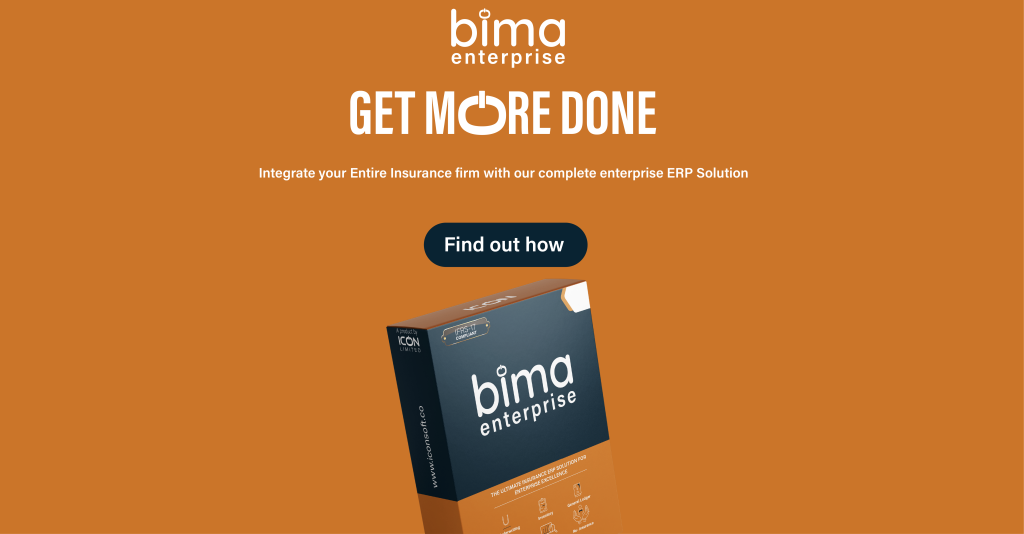In Africa’s rapidly evolving insurance landscape, staying ahead of the curve requires more than just innovative products. It’s about leveraging technology to streamline operations, enhance customer experience, and ensure compliance with regulatory frameworks. Central to this transformation is the implementation of a core insurance system that integrates every aspect of the business. But what are the key criteria that insurance firms across Africa must meet to ensure the successful installation of a core insurance system?
In this blog post, we’ll outline the crucial considerations that African insurance firms need to address when adopting these essential systems.
1. Functionality Across Multiple Insurance Lines
Africa is home to diverse markets, each with unique insurance needs. A robust core insurance system must handle various insurance lines, from life and health insurance to property and casualty insurance. It’s critical that the system can support multiple insurance products, policy types, and operations under one integrated platform.
Key considerations include:
- Policy administration
- Claims processing
- Underwriting
- Billing
- Reinsurance management
This comprehensive functionality ensures seamless workflows, enhanced productivity, and improved service delivery to customers across different insurance segments.
2. Scalability to Support Growth
As the African insurance market continues to grow, insurance firms must adopt systems that can scale with their business. The ability to support a growing volume of policies, claims, and transactions without compromising performance is essential. Firms expanding across borders or introducing new insurance products should ensure that their core system can handle this expansion seamlessly.
Why scalability matters in Africa:
- Growing customer bases in emerging markets
- Increasing digital adoption in the insurance sector
- Expanding operations across different countries with varying regulatory requirements
Choosing a scalable system will future-proof the business, ensuring smooth operations even as the firm grows.
3. Integration with Third-Party Systems
Insurance firms rely on a variety of external data sources and platforms, from Customer Relationship Management (CRM) systems to financial accounting software. A core insurance system must integrate easily with these third-party systems to avoid data silos and improve operational efficiency.

Essential integrations include:
- Regulatory reporting systems for compliance across multiple jurisdictions
- CRM systems for personalized customer service
- Data providers for risk assessments and underwriting
- Payment gateways for seamless billing and transactions
Seamless integration is crucial for creating a unified ecosystem, ensuring data consistency and streamlining operations.
4. Data Security and Regulatory Compliance
Data protection is a top priority for insurance firms, especially when handling sensitive customer information. In Africa, countries are adopting strict data protection laws like South Africa’s Protection of Personal Information Act (POPIA) and Nigeria’s Data Protection Regulation. When implementing a core insurance system, firms must ensure that it complies with these regulations.
A secure core insurance system should offer:
- Encryption to protect data in transit and at rest
- Role-based access controls to restrict data access
- Audit trails to track data access and changes
- Regular security updates to address vulnerabilities
Compliance with data protection laws ensures that firms avoid penalties and maintain customer trust.
5. Flexibility to Adapt to Market and Regulatory Changes
Africa’s insurance market is dynamic, with evolving regulations and customer needs. A core insurance system must be flexible enough to allow for customizations, making it easier to adjust business rules, workflows, and processes as the market changes.
Why flexibility is important:
- New regulatory requirements can arise across different African countries
- Changing customer expectations may require firms to introduce new products quickly
- Market dynamics can shift, requiring agile responses
Flexible systems allow firms to stay competitive by adapting quickly to new opportunities and challenges.
6. Performance and Reliability
Insurance operations must run smoothly with minimal disruptions. A core insurance system should be capable of handling high volumes of data and transactions while maintaining top-tier performance. Firms must evaluate the system’s reliability, conducting performance testing under different load conditions to ensure it meets operational demands.
What to look for in performance:
- Minimal downtime for uninterrupted operations
- Fast processing times for claims, policy management, and billing
- Consistent performance during peak periods, such as end-of-year renewals or claim spikes
Reliable performance enhances customer satisfaction and ensures a seamless user experience.
7. User-Friendly Interface and Training Support
Even the most sophisticated systems can fall short if they aren’t user-friendly. A core insurance system should offer an intuitive interface that simplifies daily tasks for employees, from underwriters and claims adjusters to customer service representatives. Additionally, robust training programs and support services are vital to ensure users can effectively navigate the system.
Key training considerations:
- Comprehensive user guides and training sessions
- 24/7 technical support for troubleshooting
- Easy-to-understand dashboards and reporting tools
A user-friendly system reduces training costs and boosts productivity, ensuring that employees can fully leverage the platform’s capabilities.
8. Cost-Effectiveness and Return on Investment (ROI)
Installing a core insurance system is a significant investment. Insurance firms must evaluate the total cost of ownership (TCO) when selecting a system, which includes upfront licensing fees, implementation costs, and ongoing maintenance. However, cost-effectiveness goes beyond just initial pricing.
How to evaluate cost-effectiveness:
- Efficiency gains: Does the system reduce operational costs and manual processes?
- Customer satisfaction: Will the system enhance the customer experience and lead to higher retention rates?
- Business growth: Can the system support expansion, introducing new products or markets with minimal additional costs?
Choosing a cost-effective solution ensures that insurance firms can realize a strong ROI while maximizing efficiency and growth potential.
Conclusion
In Africa’s competitive and evolving insurance market, implementing the right core insurance system is essential for success. By meeting key criteria such as functionality, scalability, security, and integration, insurance firms can improve operational efficiency, ensure compliance, and deliver a superior customer experience.
For firms looking to thrive in the African market, investing in a robust core insurance system is a strategic move that sets the foundation for long-term success and growth.
Are you ready to future-proof your insurance firm with the right core system? Start today by evaluating solutions that meet these critical criteria!
